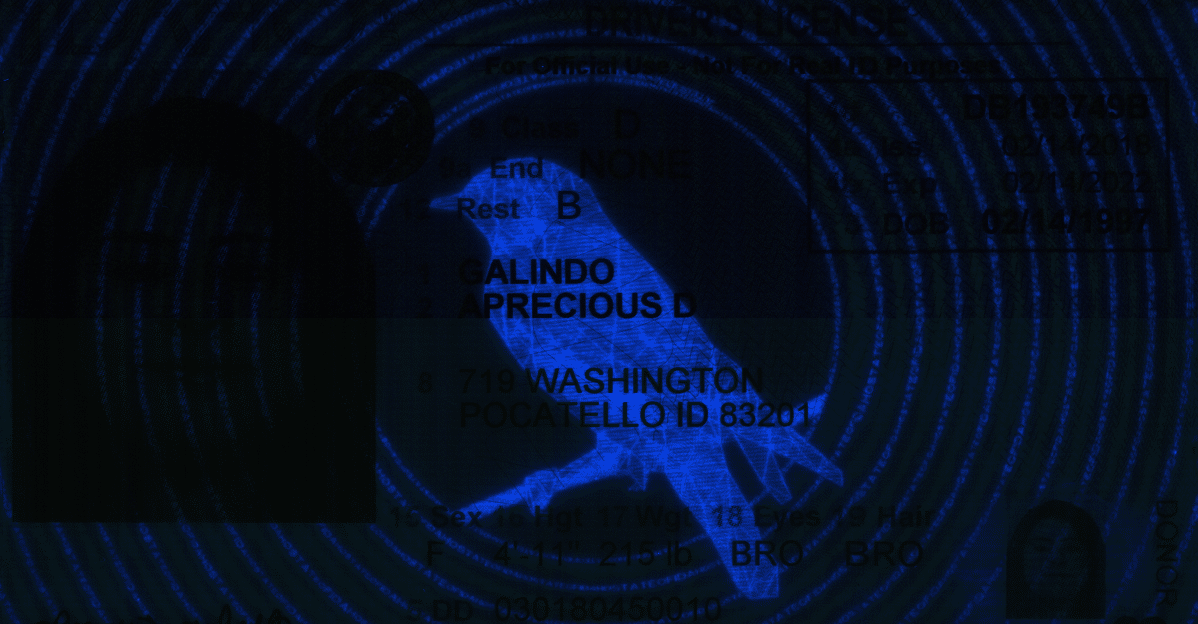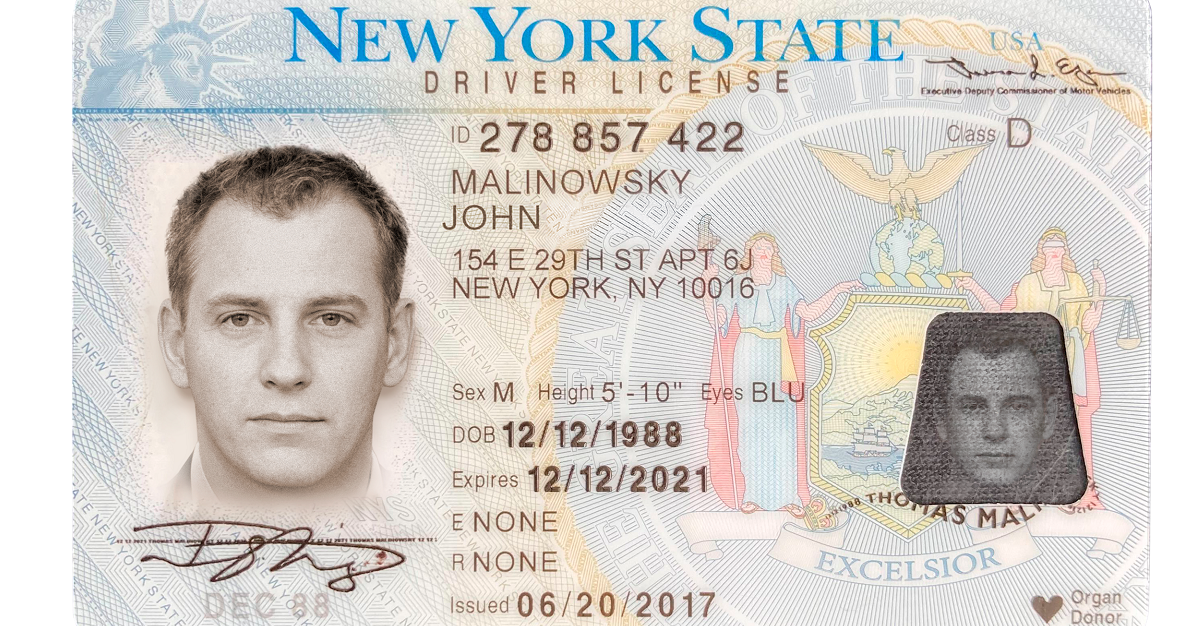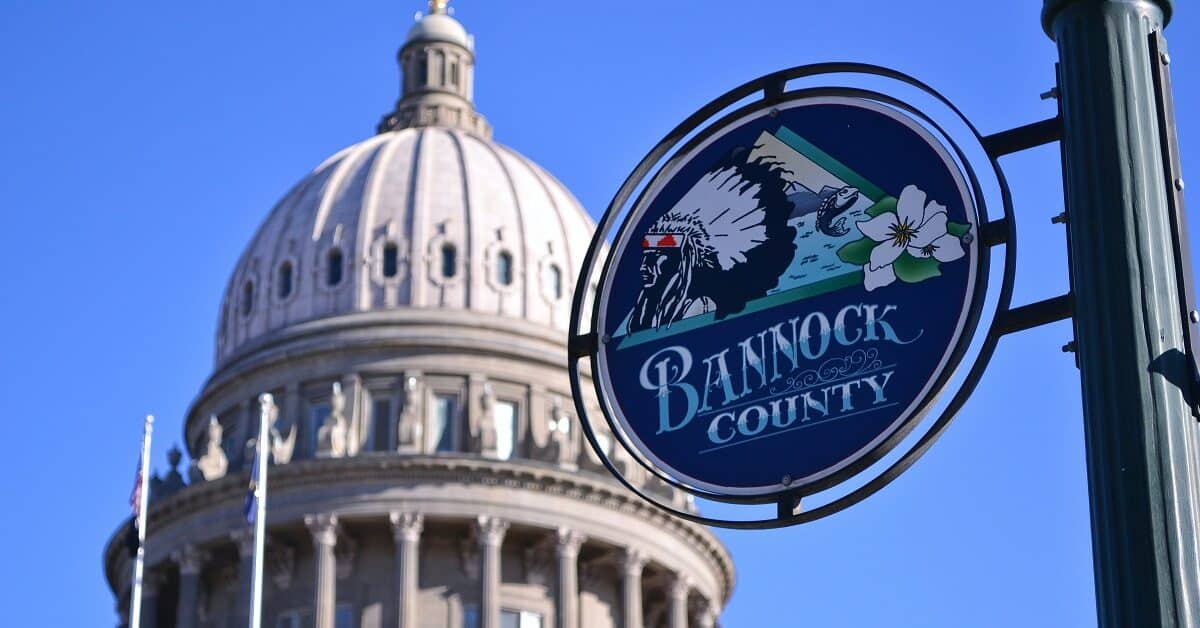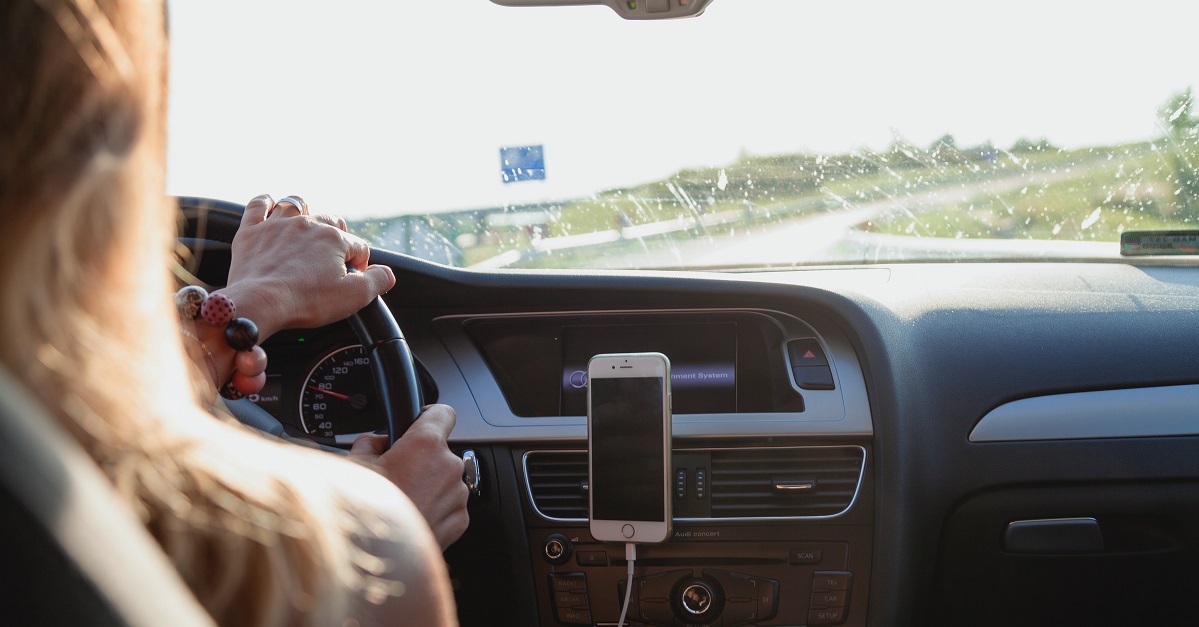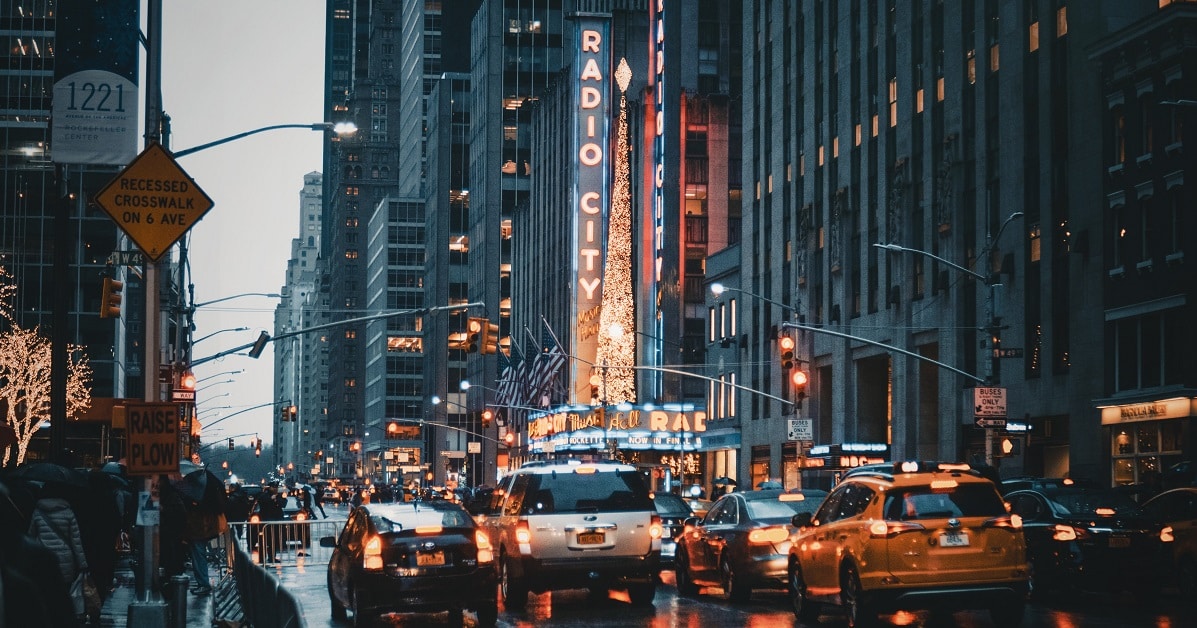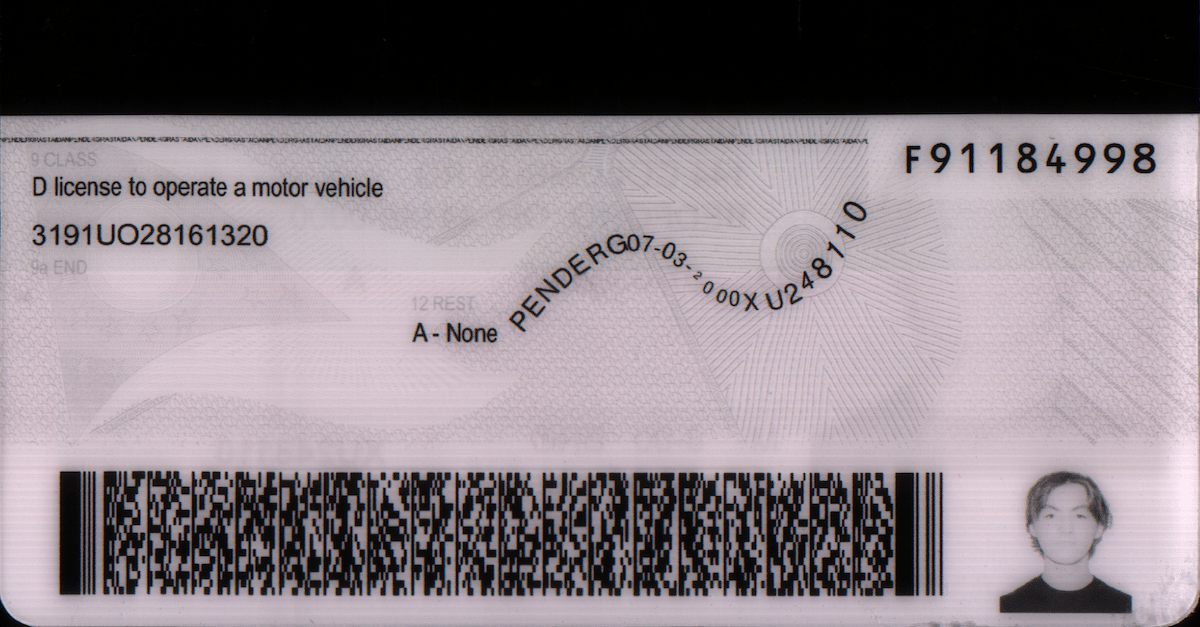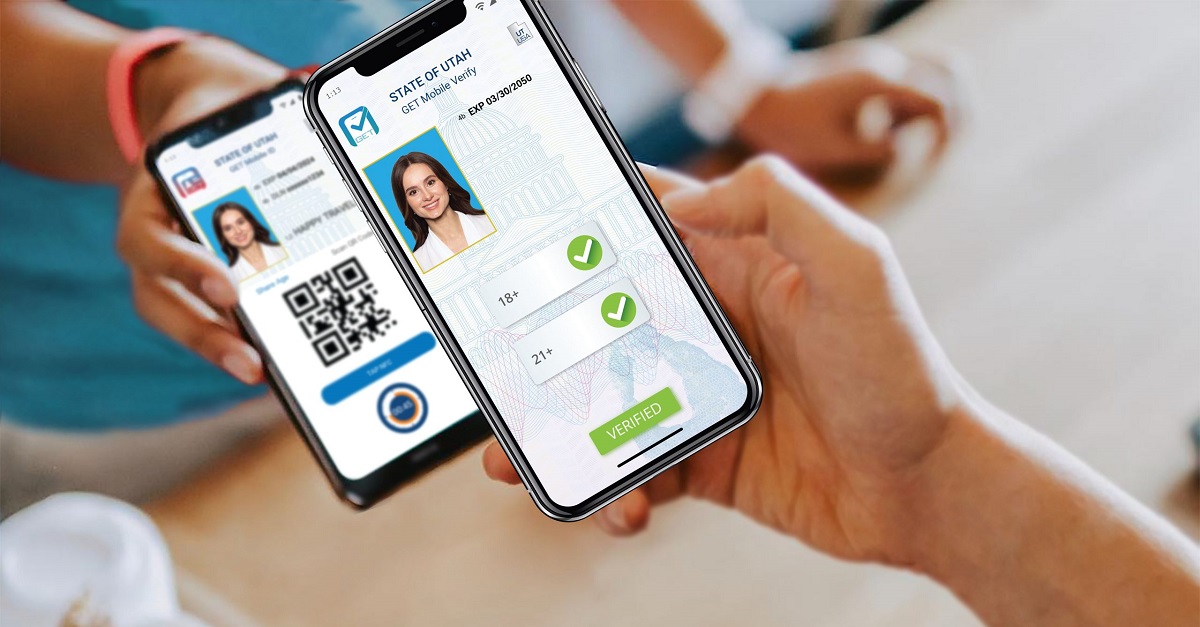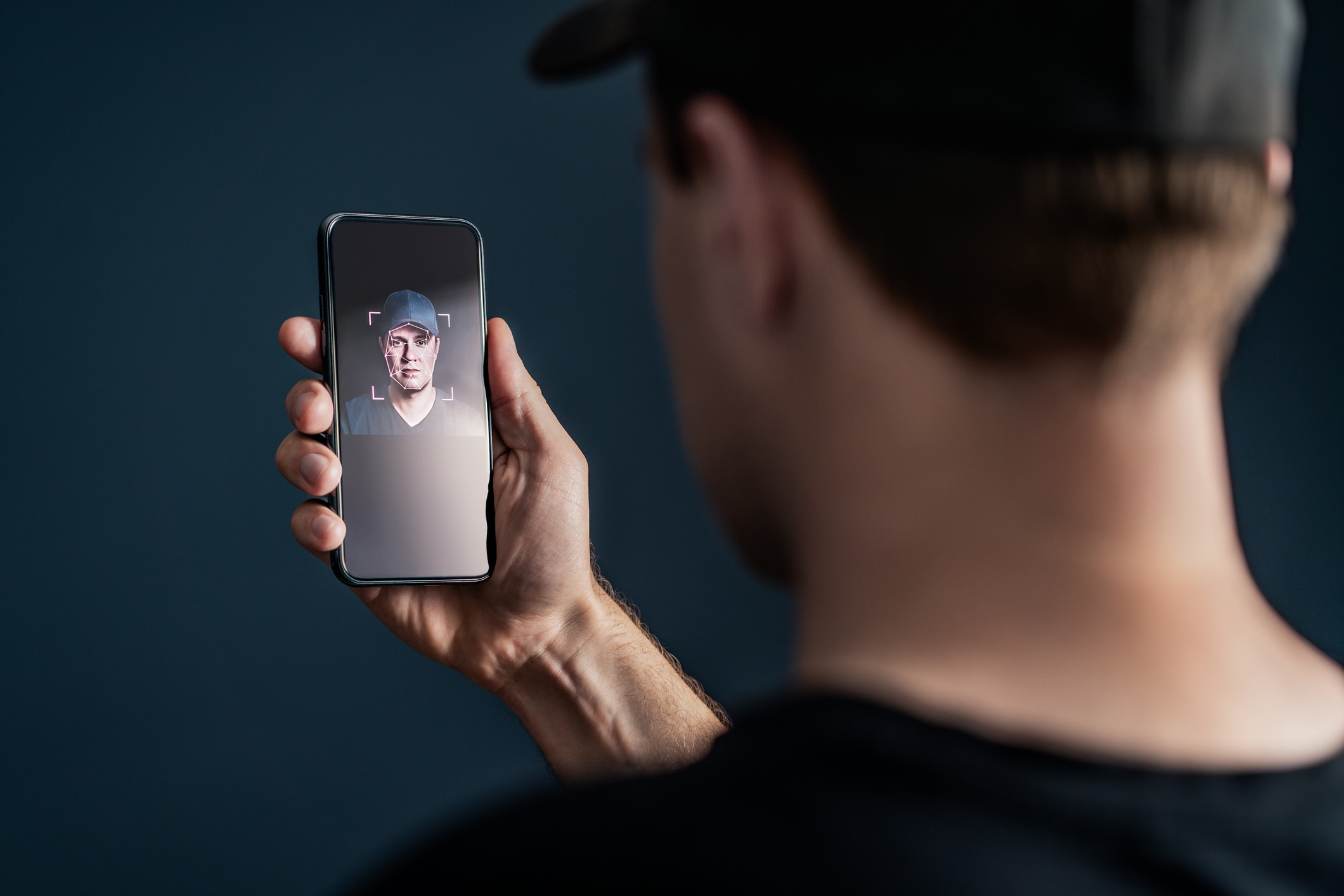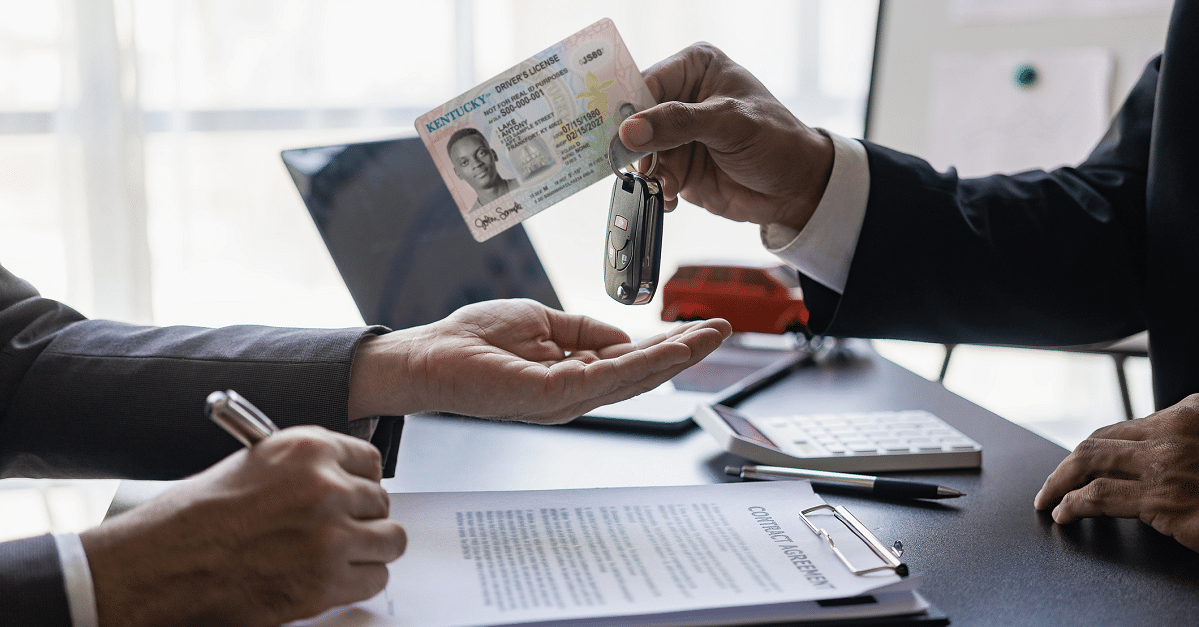IDScan.net
Driver’s License
-
Every state differs slightly when it comes to ID design, but what are some of the security features that are on all state IDs?
-
Ohio enhanced IDs are finally authorized within the state. When they will be available to Ohioans is unsure, but stay updated on enactment.
-
If your ID is expiring soon, you may be questioning the likelihood of entering your favorite bar. Read more about using expired IDs.
-
For the first time since 2016, Idaho has issued a new design for their driver’s licenses and other state issued IDs. Here is what we know.
-
For the first time since 2009, Virginia has released a new ID format. The new combines artistry with security. Here is everything we know.
-
Joining the growing list of states implementing mobile driver’s licenses, New York’s DoT has finally released their mobile ID.
-
Timeline of production and support sunset for the Gemalto by Thales QS1000 ID & passport scanner.
-
Different Types of ID Symbologies: PDF417, MRZ TD1, MRZ TD3, and QR Codes. Learn how each symbology stores and transmits data.
-
With new mobile IDs being created almost constantly, here is what you need to know.




